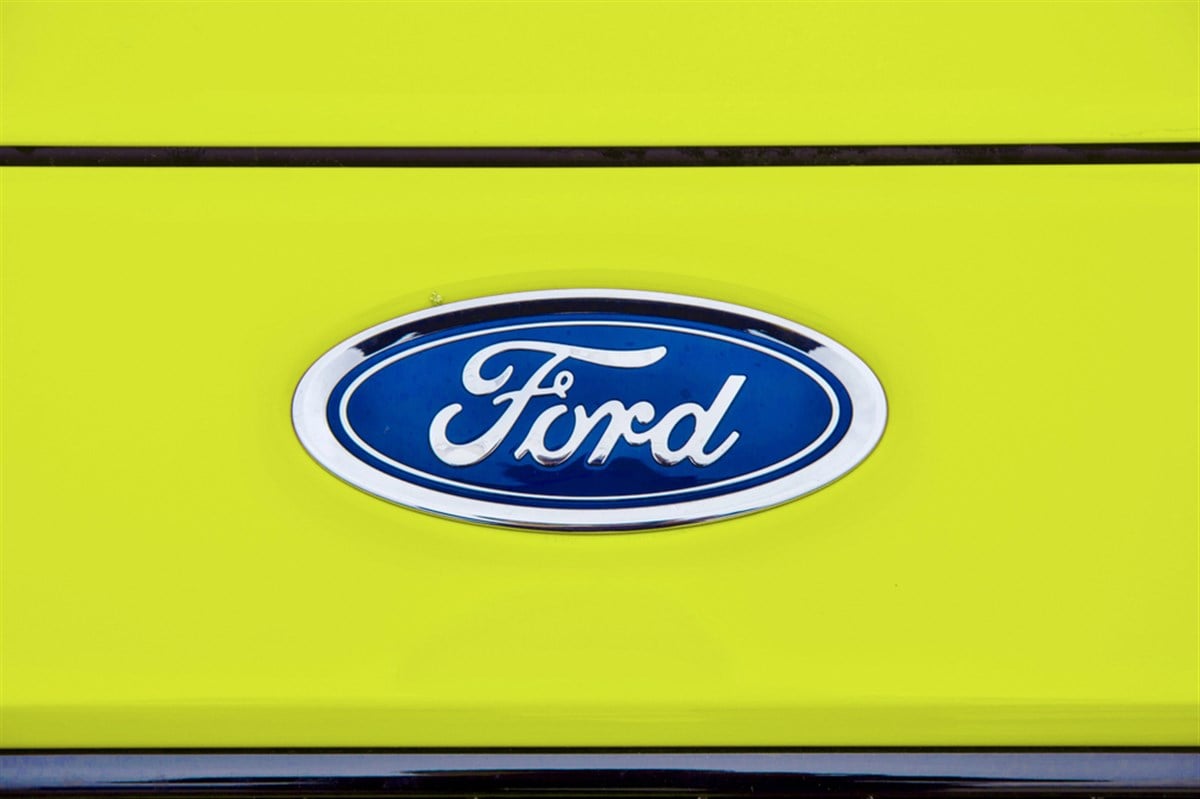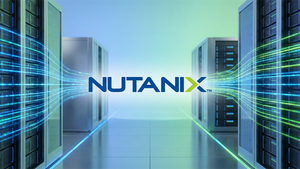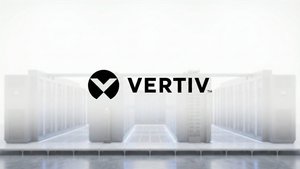
Getting income from stock investments is why many invest in certain companies. It can provide a stable cash stream while offering the benefit of potential appreciation in stock price. However, companies must balance how much they pay their shareholders through dividends and how much they retain to reinvest back in their business.
If a company has valuable projects to pursue but lacks cash, its high dividends could hurt shareholders in the long run. One way to measure a company's ability to reinvest is to look at the dividend payout ratio (DPR). This ratio shows the percentage of the company’s earnings it pays out as dividends.
If the dividend payout ratio is too high, the company might not have the cash it needs to invest in potentially high-return projects in the future. This could include making large capital expenditures (CAPEX) or strategically acquiring another firm.
The inability to do this could negatively affect the stock price over time or prevent it from rising as much as it otherwise could. Below, I’ll review three U.S. stocks with dividend yields over 5% and dividend payout ratios that allow for solid reinvestment back into their business. For this analysis, I’ll use these companies’ next twelve-month (NTM) dividend yield, which is an average of analyst projections for the company’s dividend yield.
Ford Motor: Lots of Dividend Income and Lots Left Over
First up is Ford Motor (NYSE: F). Ford’s NTM dividend yield of 5.6% is relatively high, and its dividend payout ratio over the last twelve months is low. It sits at just 13.8%, meaning that the company is retaining over 86% of its earnings to reinvest back into the firm. Based on the company’s net income over the last twelve months, it has been over $3.3 billion, and the company has to put it toward different uses.
This gives Ford the flexibility to invest in projects, initiate a share buyback program, or increase dividends. This is crucial, as the automotive industry is capital-intensive, requiring significant investments in plants, property, and equipment to stay competitive. With the global shift toward electric vehicles, maintaining financial flexibility will help Ford remain nimble, allowing the company to adapt to market changes and meet evolving customer preferences. This ability to invest strategically is key to Ford's long-term success in the rapidly changing automotive landscape.
AT&T: 5% Dividend While Investing Big in Fiber Optics
AT&T (NYSE: T) is a telecom company that provides big-time income to its shareholders while not overextending its commitments. Its 5.1% NTM dividend yield offers a solid base of return. Its dividend payout ratio is 64%. It's a bit higher than I would like to see, but it's below 75%, where concerns about sustainability may arise. Again, its industry is key to why the company must retain earnings to compete effectively. AT&T is investing heavily in fiber optics to connect more homes and businesses to the Internet.
Building fiber optic networks requires digging trenches on land or underwater or building above-ground cable systems. These cables physically connect buildings to centralized data centers, allowing for faster internet speeds. Thus, these investments require significant CAPEX from AT&T. The company is doing just that, having spent $17.4 billion in CAPEX over the last twelve months. Fiber optics investments are vital to the firm's strategic plan to compete with large telecom firms.
Ares Capital’s Dividend Strategy Balances Payouts and Growth Potential
Last on the list is Ares Capital (NASDAQ: ARCC). Ares is a business development company (BDC). BDCs invest in private companies using both debt and equity. Because of this, investing in Ares is an indirect way to gain some exposure to private debt and private equity, making Ares an interesting stock. On top of this, Ares also provides its shareholders a massive dividend yield.
Analysts project the number to sit at just under 9.3% over the next twelve months. In addition, its dividend payout ratio is 63%. Again, maybe a bit on the high side, but Ares is not in an industry that requires much in the way of capital expenditures.
However, retaining more of its net income does allow the company more “dry powder” to invest with. This means that if it sees an opportunity that could bring in particularly high returns but requires a large upfront investment, it could be more capable of executing the deal.





